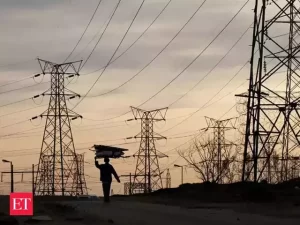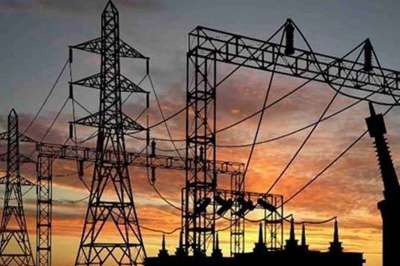On January 10, Delhi recorded its winter high power demand, consuming 5611 MW. As the city struggles with the freezing weather, Delhi has seen an increase in its peak power consumption.
The State Load Dispatch Center (SLDC) stated on Wednesday at 11:08 am that Delhi’s peak power consumption for the winter months was 5611 MW, the largest amount ever recorded. This exceeds the winter record of 5559 MW that was previously achieved on January 5 of this year.
BSES Rajdhani Power Limited (BRPL) and BSES Yamuna Power Limited (BYPL), two power supply firms, effectively supplied 2350 MW and 1174 MW, respectively, in response to the increased demand.
Delhi’s peak electricity demand has increased by more than 8% since the year began, and if this trend keeps up, it is expected to surpass 5700 MW this winter.
With the exception of January 2, Delhi’s peak electricity demand in January has continuously stayed over 5000 MW, highlighting reliable power delivery throughout this time of rising demand. This relates to the approximately 50 lakh users’ and around 2 crore residents’ power demands.
BSES has put in place a number of safeguards to guarantee a steady supply of electricity, such as precise demand forecasting and a strong distribution network.
By using nearly 2000 MW of green electricity—a combination of solar, hydro, wind, and waste energy—and entering into long-term agreements with power plants, these projects will help meet up to 60% of the peak winter power demand.
BSES has implemented techniques like “banking,” “power exchange,” and “spinning reserves” to improve reliability.
In the event of unanticipated events, BSES will buy temporary electricity from the exchange.
The organization utilizes sophisticated statistical forecasting models, incorporating artificial intelligence and machine learning, to precisely anticipate power use and guarantee that the city’s power requirements are fulfilled throughout the year.
































